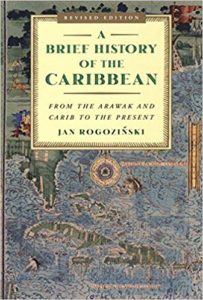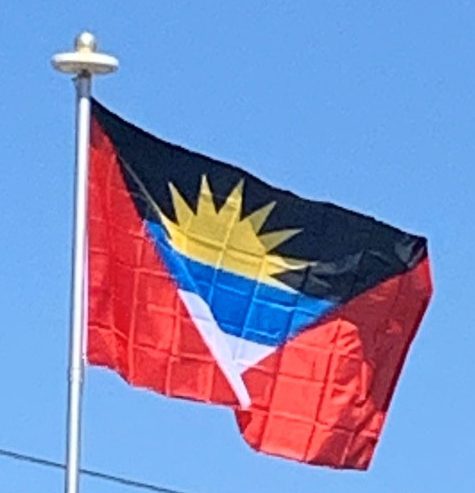The Catholic Encyclopedia does make it clear that the Spanish explorers had some difficulty identifying and differentiating between the various native peoples they encountered. As a result, the number and types of ethnic-tribal-national groups in existence at the time may be much more varied and numerous than the two mentioned.
According to A Brief History of the Caribbean (Jan Rogozinski, Penguin Putnam, Inc. September 2000), European and African diseases, malnutrition and slavery eventually destroyed the vast majority of the Caribbean’s native population. No researcher has conclusively proven any of these causes as the real reason for the destruction of West Indian natives. Some historians believe that the psychological stress of slavery may also have played a part in the massive number of native deaths while in servitude. Others believe that the reportedly abundant, but starchy, low-protein diet may have contributed to severe malnutrition of the “Indians” who were used to a diet fortified with protein from sea-life.

The Indigenous West Indians made sea vessels that they used to sail the Atlantic and Caribbean. As a result, Caribs and Arawaks populated much of South American and the Caribbean Islands. Relatives of the Antiguan Arawaks and Caribs still live in various countries in South America, notably Brazil, Venezuela and Colombia. The smaller remaining native populations in the West Indies maintain a pride in their heritage.
European Colonization (1632–1981):
Christopher Columbus sighted islands in 1493 during his second voyage naming the larger one Santa Maria de la Antigua. However, early attempts by Europeans to settle the islands failed due to the Caribs’ excellent defenses. England succeeded in colonizing the islands in 1632, with Thomas Warner as the first governor. Settlers raised tobacco, indigo, ginger and sugarcane as cash crops. Sir Christopher Codrington established the first large sugar estate in Antigua in 1674, and leased Barbuda to raise provisions for his plantations. Barbuda’s only town is named after him. In the fifty years after Codrington established his initial plantation, the sugar industry became so profitable that many farmers replaced other crops with sugar, making it the economic backbone of the islands.
Slavery was common in Barbuda in the 1700s and until 1834. The island was a source of slaves for other locations, too. No new slaves had arrived on the island since the mid-1700s but their population grew naturally. An estimate in 1977 by Lowenthal and Clark indicated that during 1779 to 1834 the number of slaves exported totaled 172; most were taken to Antigua but 37 went to the Leeward and Windward islands and some to the southern US. Several slave rebellions took place on the island, with the most serious in 1834-5. Britain emancipated slaves in most of its colonies in 1834, but that did not include Barbuda, so the island then freed its own slaves. For some years thereafter, the freed slaves had little opportunity of survival on their own because of limited agricultural land and the lack of available credit to buy some. Hence, they continued to work on the plantations for nominal wages or lived in shantytowns and worked as occasional laborers. Sugar cane production remained the primary economy for over a century.
